Depending on whether you have PC based USB or mobile device USB or USB-on-the-Go capable controllers there IS active current limiting built in.
In the crudest and oldest systems there was a 500mA fuse. Blow that and you were essentially dead in the water.
Then came the era of PTC resistors, draw too much current and the voltage collapsed. At least these self reset, but as you increased load the voltage would droop.
Today controllers have high side current limiters either in the USB controller or around it as a support chip. Various kinds exist like this. These devices can do multiple duty, they can limit the current accurately at multiple levels, and can be controlled to increase the current or to turn it off completely.
Many of the modern USB limiting controllers will supply up to a negotiated 2.5 A, and will even slow charge large capacitive loads in the devices.
With a modern current limited USB port the OS can be told when power is being drawn and even how much (usually in units of 100 mA) so that the OS can catalogue current budgets. For example in Windows you can examine any given USB port and find it's current demand in units.
Now to your problem. Since you can't have 3 LEDs in series (they won't ever light), they must be in parallel.
If the 3 LEDs are in parallel then I wonder what sort of LEDs you have.
Since LEDs don't limit their current (unless it's a CC LED) and the forward voltage is like this:

You would need to have a series resister with any LED I know of to limit current. I can only imagine if this is not the case then your mains USB power supply was actually drooping due to the LEDs. You should have seen current values well above 100 mA.
To answer your question more directly you will be able to connect 3 LEDs in parallel to a PC based USB port but you'd need at least 1 series resistor to do this.
You also may see the PC report no driver loaded or illegal device base don current flowing and device interaction.
Hope this helps.
